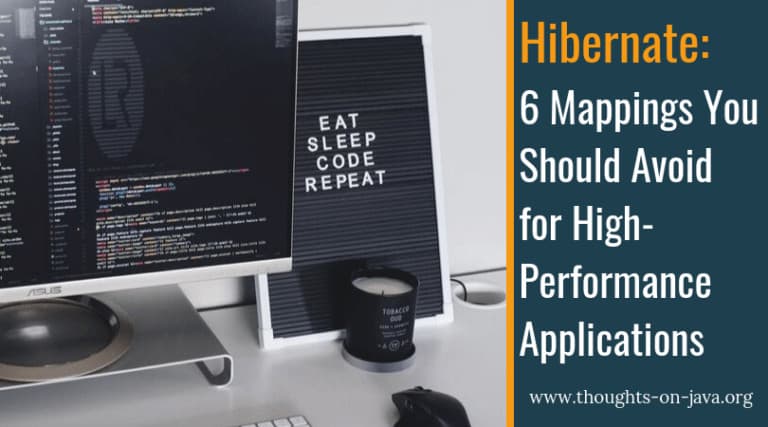Hibernate Tip: How to integrate an external query builder
Hibernate Tips is a series of posts in which I describe a quick and easy solution for common Hibernate questions. If you have a question for a future Hibernate Tip, please post a comment below. Question: “I don’t like JPQL. It abstracts from the underlying table model, and it’s too limited for my use case….





